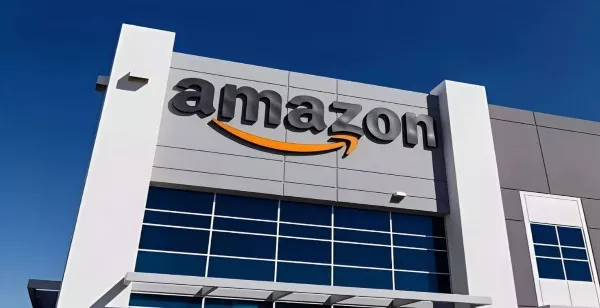
Amazon’s launch of its 10-minute delivery service, Amazon Now, in Delhi marks a bold move into India’s booming quick commerce market.
I. Amazon Now Arrives: Speed Meets Strategy
Amazon has officially launched its 10-minute delivery service, Amazon Now, in select pin codes across Delhi, following a successful rollout in Bengaluru in late 2024. The service promises a curated selection of everyday essentials—from groceries and personal care to wireless accessories and small appliances delivered within minutes.
This move marks Amazon’s aggressive push into India’s quick commerce sector, which saw ₹64,000 crore in gross order value (GOV) in FY 2024-25, more than double the previous year. With Prime members receiving free delivery on orders above ₹99, and non-members above ₹199, Amazon is clearly targeting high-frequency urban shoppers.
Backed by a ₹2,000 crore investment, Amazon plans to scale its dark store network to over 300 hubs across Delhi-NCR, Bengaluru, and Mumbai by the end of 2025. These micro-fulfillment centers are key to achieving sub-15-minute delivery speeds and competing with incumbents like Blinkit, Zepto, and Swiggy Instamart
II. The Quick Commerce Showdown: Blinkit, Zepto, and the New Challenger
Amazon’s entry has intensified the turf war in India’s quick commerce space. Blinkit, backed by Zomato, currently leads with 6.2 million daily active users, followed by Swiggy Instamart and Zepto. However, Zepto has seen a dip in user engagement, raising questions about its pricing and service consistency.
While Blinkit and Zepto have expanded into electronics, fashion, and home appliances, Amazon Now is expected to follow suit, leveraging its vast inventory and logistics expertise. The Amazon Now tab is now live within the main app in select Delhi pin codes, offering seamless integration for existing users.
Industry analysts believe Amazon’s brand trust, Prime loyalty program, and operational muscle could disrupt the market. However, challenges remain brand recall for quick commerce, coverage scale, and profitability are hurdles Amazon must overcome.
Quick commerce platforms are also facing regulatory scrutiny. The Central Consumer Protection Authority (CCPA) recently issued notices to several players for non-compliance with product disclosure norms. Amazon’s reputation for compliance and reliability could give it an edge in navigating these challenges.
III. The Future of Instant Retail: Convenience, Competition, and Consumer Power
The rise of quick commerce reflects a fundamental shift in urban consumer behaviour. With smartphone penetration, low data costs, and fast-paced lifestyles, Indian shoppers now expect instant gratification not just for snacks, but for essentials and tech gadgets.
Amazon’s entry could accelerate this transformation. By offering ultra-fast delivery with its hallmark reliability, the company is betting on a future where speed is the new currency of convenience. Analysts predict the quick commerce market will grow to ₹2 lakh crore by FY28, and reach $40 billion by 2030.
Yet, the road ahead is not without bumps. Customer acquisition costs have doubled to ₹800 per user, and platforms are burning cash to retain loyalty. Blinkit posted a ₹178 crore loss in Q4 FY25, while Swiggy Instamart’s losses widened to ₹840 crore.
Amazon’s deep pockets and long-term vision may help it weather the storm. But the real winners will be consumers who now enjoy unprecedented speed, choice, and convenience at their fingertips.
Stay updated with the latest news on Rapido Updates. Keep yourself updated with The World, India News, Entertainment, Market, Automobile, Gadgets, Sports, and many more